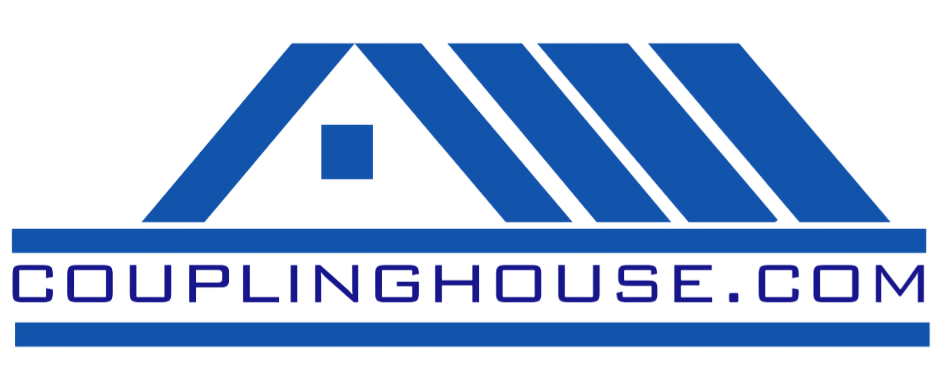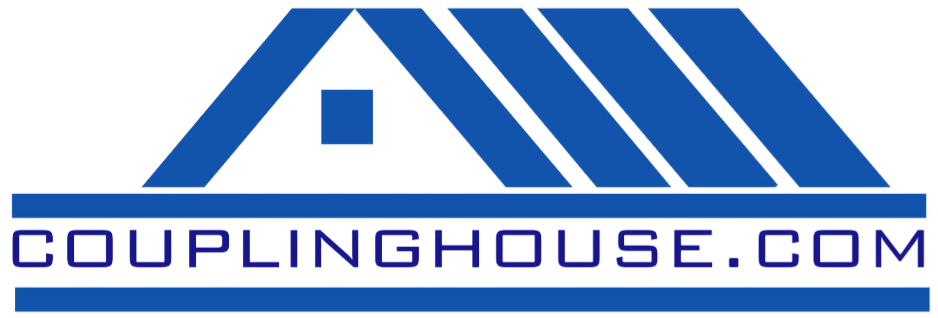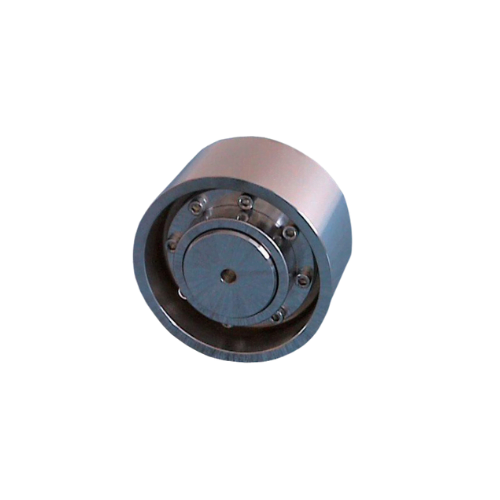RUBBER SPIDER FOR JAW COUPLING
Introduction of Rubber Spider for Jaw Coupling
Jaw couplings stand as stalwart components within the machinery realm, facilitating the seamless transmission of power between two shafts. Within this intricate mechanism lies a vital component - the rubber spider. In this comprehensive guide, The Coupling house delve deep into the realm of jaw couplings and unravel the significance, composition, functionality, advantages, and maintenance of rubber spiders.
The Rubber Spider: A Crucial Element of Jaw Couplings
What Constitutes a Rubber Spider?
A rubber spider, also referred to as an elastomeric spider, constitutes a pliable intermediary nestled between the hubs of a jaw coupling. Crafted predominantly from synthetic rubber or other elastomeric materials, this component serves as the linchpin in transmitting torque between shafts while accommodating misalignments.
Material Matters: Composition of Rubber Spiders
Rubber spiders typically derive their resilience from premium elastomers like polyurethane, neoprene, or natural rubber. This choice of materials endows them with exceptional flexibility, durability, and resistance to wear, ensuring optimal performance across diverse operational environments.
Significance of Rubber Spider for Jaw Coupling
1. Vibration Dampening:
Rubber spiders operate as proficient shock absorbers, mitigating vibrations generated during machinery operation. By cushioning the impact, they alleviate stress on interconnected equipment, thereby enhancing longevity.
2. Misalignment Compensation:
In the dynamic world of machinery, misalignments are inevitable. Rubber spiders adeptly bridge the gap between angular and parallel misalignments, facilitating smooth power transmission and curbing wear on coupling components.
3. Torque Transmission:
The core function of rubber spiders lies in their ability to transmit torque between shafts while affording a degree of flexibility. This characteristic proves indispensable in scenarios characterized by fluctuating loads or variable operating conditions.
Unlocking the Mechanics: How Rubber Spiders Operate
Rubber spiders execute their function by flexing and deforming under load, effectively absorbing and redistributing energy across the coupling. This inherent flexibility ensures continuous shaft contact, even amidst misalignments or shaft movements.
Leveraging the Advantages: Why Choose Rubber Spiders?
1. Flexibility:
Unlike their rigid counterparts, rubber spiders exhibit superior adaptability, mitigating premature wear and failure by accommodating misalignments effectively.
2. Shock Absorption:
Their innate ability to dampen vibrations and shocks safeguards machinery from damage, thereby minimizing downtime and enhancing operational efficiency.
3. Cost-Effectiveness:
Rubber spiders present a cost-efficient solution for coupling requirements, offering durability and performance at a fraction of the cost incurred by alternative components.
Selecting the Perfect Fit: Considerations for Choosing Rubber Spiders
1. Operating Conditions:
Evaluate environmental factors such as temperature, speed, and torque requirements to ensure optimal compatibility with the application at hand.
2. Material Compatibility:
Opt for a rubber spider material resistant to chemicals, oils, and other substances prevalent in the operational milieu to prolong its lifespan.
3. Size and Dimensions:
Prioritize alignment by selecting rubber spiders that seamlessly integrate with the coupling hubs, thereby ensuring optimal fit and performance.
Addressing Common Concerns: Troubleshooting Rubber Spider Issues
1. Wear and Tear:
Combat the natural degradation of rubber spiders over time through regular inspection and timely replacement to forestall unexpected failures.
2. Hardening:
Shield rubber spiders from the detrimental effects of high temperatures or chemical exposure by opting for materials endowed with superior heat resistance.
Sustaining Performance: Maintenance Tips for Rubber Spiders
1. Regular Inspection:
Incorporate periodic assessments into your maintenance regimen to detect signs of wear, damage, or deterioration, thereby preempting potential malfunctions.
2. Lubrication:
Prolong the lifespan of rubber spiders by applying lubricants to coupling hubs, minimizing friction, and optimizing performance.
Exploring Diverse Applications: Were Rubber Spiders Reign Supreme
1. Industrial Machinery:
Find application in an array of industrial machinery, including pumps, compressors, and conveyors, where reliability and performance are paramount.
2. Automotive:
Emerge as indispensable components within automotive drivetrains, transmissions, and powertrains, ensuring seamless power transmission and motion control.
3. Agriculture:
Fulfill critical roles in agricultural equipment such as tractors, harvesters, and irrigation systems, facilitating power transmission amidst demanding operational conditions.
Embracing Evolution: Future Trends in Rubber Spider Technology
1. Enhanced Materials:
Anticipate advancements in elastomeric materials, promising superior mechanical properties and heightened chemical resistance, thereby augmenting overall performance.
2. Customization:
Embrace the trend towards tailor-made solutions, with customizable rubber spiders catering to specific application requirements for optimal efficacy.
Navigating Environmental Considerations: The Impact of Rubber Spiders
While rubber spiders entail environmental implications, strides in material recycling and sustainable manufacturing practices endeavor to minimize their ecological footprint. Opting for recyclable materials and responsible disposal practices further attenuates their environmental impact.






















